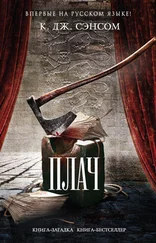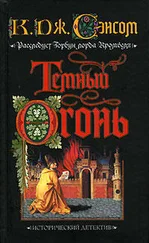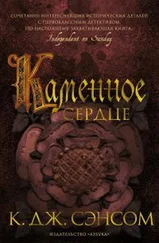There is then another gap until 1977, when S. K. Land wrote Kett’s Rebellion: The Norfolk Rising of 1549 . This is a useful introductory book, though dated now given subsequent study, and aims at impartiality. All these books portray Kett’s Rebellion as an independent entity – though other south-eastern camps are mentioned, it is only incidentally.
In the same year came J. Cornwall’s Revolt of the Peasantry , written by an academic but very readable. Paradoxically, this first modern book to discuss the 1549 risings as a whole also portrayed the Western Rebellion and Kett’s Rebellion as separate entities, with the ‘commotions’ in between as incidental.
In more recent years several academic writers have added greatly to our knowledge. Diarmaid MacCulloch’s ‘Kett’s Rebellion in Context’ ( Past & Present 84, 1979) was the first study to put Kett’s Rebellion in the context of the other risings. Andy Wood’s Riot, Rebellion and Popular Politics in Early Modern England (2002) and The 1549 Rebellions and the Making of Early Modern England (2007) are interesting and thought-provoking. Amanda Jones’s ‘Commotion Time’: The English Risings of 1549 (University of Warwick PhD, 2003) has greatly deepened our understanding of the rebellions’ connectedness. Ethan Shagan’s Popular Politics and the English Reformation (2003) also contains useful information. A. Greenwood’s A Study of the Rebel Petitions of 1549 (University of Manchester PhD, 1990) is an excellent study of the Mousehold petition, and also casts light on rebel leadership and membership of the Mousehold Camp, as does Jane Whittle’s ‘Lords and Tenants in Kett’s Rebellion 1549’ ( Past & Present 207, May 2010).
These works have all greatly deepened our understanding of the 1549 rebellions and their consequences, but are aimed, necessarily, mainly at an academic audience. However, the flame of thoroughly researched but highly accessible work on the Rebellion has been kept alive by Adrian Hoare, working with his wife Anne; notably An Unlikely Rebel: Robert Kett and the Norfolk Rising, 1549 (1999) and On the Trail of Kett’s Rebellion in Norfolk 1549: Places, People and Events (2016). Leo R. Jary’s Rewriting the Rebellion (2018) adds greatly to our understanding of the military side.
Other books I found particularly useful were Barrett Beer’s Rebellion and Riot: Popular Disorder in England During the Reign of Edward VI (2005); M. L. Bush’s The Government Policy of Protector Somerset (1975); and Marcus Merriman’s The Rough Wooings: Mary Queen of Scots 1542–1551 (2000) – I think the outstanding work on England’s wars against Scotland in this period. One book that was of special help to me in recreating the trial of the fictional Thomas Boleyn was J. S. Cockburn’s A History of English Assizes 1558–1714 (1972).
I hope that Tombland , which is fiction but based on primary and secondary sources, may help carry the story of Kett’s Rebellion and the 1549 rebellions as a whole to a wider audience.






![К Сэнсом - Стенание [другой перевод]](/books/432043/k-sensom-stenanie-drugoj-perevod-thumb.webp)



